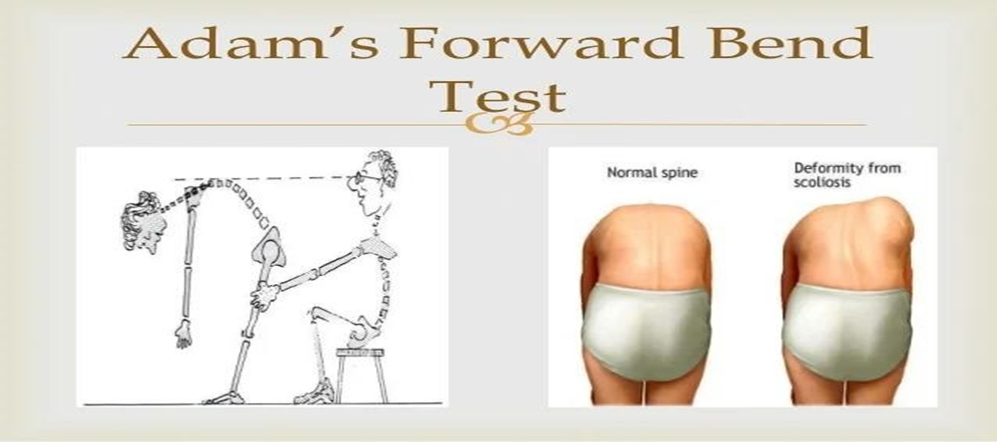The nurse is caring for a child with a fracture who is placed in skeletal traction. The nurse monitors for the most serious complication associated with this type of traction by checking for which?
An increase in the blood pressure
An elevated temperature
A decrease in urine output
A lack of appetite
The Correct Answer is B
B. The most serious complication associated with skeletal traction is osteomyelitis, an infection that involves the bone. This condition can occur when organisms gain access to the bone either systemically or through the openings created by the metal pins or wires used in the traction.
A. Increased blood pressure can occur for various reasons but it is not the most serious complication associated with skeletal traction.
C. A decrease in urine output could indicate systemic infection which is a late feature of osteomyelitis and therefore, not the earliest to monitor.
D. Changes in appetite can occur in response to pain or stress but they are not typically the most serious complication associated with skeletal traction.
Nursing Test Bank
Naxlex Comprehensive Predictor Exams
Related Questions
Correct Answer is D
Explanation
D The forward bending test, also known as the Adam's forward bend test, is commonly used to screen for idiopathic scoliosis. During this test, the child is instructed to bend forward from the waist with their arms hanging downward and palms touching or overlapping. This position allows the nurse to observe the child's back for asymmetry, rib humps, or other signs of spinal curvature characteristic of scoliosis.

A This position may be used for certain examinations, such as assessing the spine's curvature but it is not typically the position used for screening for idiopathic scoliosis.
B This instruction involves cervical spine movement and is not relevant to screening for idiopathic scoliosis. It may be part of a different examination, such as assessing cervical spine range of motion or neurological function, but it does not aid in detecting scoliosis.
C Turning to the side and remaining relaxed may not provide adequate visualization of the spine's curvature, which is essential for scoliosis screening. Additionally, this position does not allow for proper assessment of the spine's alignment.
Correct Answer is C
Explanation
C. Cerebral palsy is a chronic condition that affects muscle control and movement. It is caused by damage to or abnormal development of the parts of the brain that control movement, balance, and posture. This damage can occur before, during, or shortly after birth, and it results in difficulties with muscle coordination, balance, and motor skills.
A. Cerebral palsy is not caused by an infectious agent; it is a non-progressive neurological disorder that affects movement, posture, and muscle coordination. It is primarily caused by abnormal development or damage to the brain before, during, or shortly after birth, rather than by an infectious disease.
B. Cerebral palsy is not caused by inflammation of the brain due to a viral illness. While viral illnesses can lead to complications, such as encephalitis (inflammation of the brain), cerebral palsy itself is not caused by inflammation but rather by neurological damage or abnormal development.
D. Cerebral palsy primarily affects movement and muscle control but it does not necessarily result in intellectual disability. Intellectual disability can occur in some cases of cerebral palsy, but it is not a defining characteristic of the condition.
Whether you are a student looking to ace your exams or a practicing nurse seeking to enhance your expertise , our nursing education contents will empower you with the confidence and competence to make a difference in the lives of patients and become a respected leader in the healthcare field.
Visit Naxlex, invest in your future and unlock endless possibilities with our unparalleled nursing education contents today
Report Wrong Answer on the Current Question
Do you disagree with the answer? If yes, what is your expected answer? Explain.
Kindly be descriptive with the issue you are facing.
